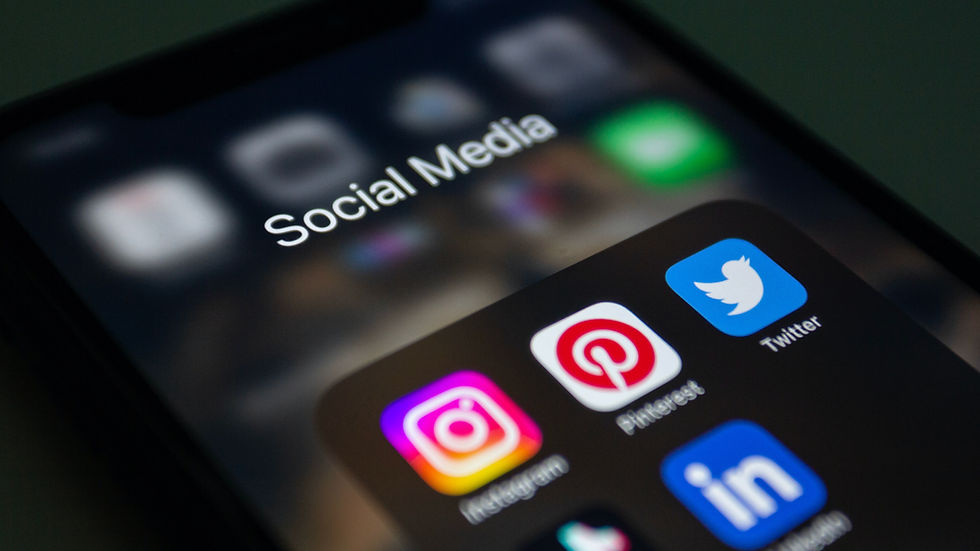Exercising throughout your menstrual cycle: understanding your body and maximising efficiency
- Larissa Kirby
- Mar 13, 2024
- 3 min read
Don’t worry I have no intention of making you relive the trauma of GCSE biology or secondary school sex ed, but to understand when exercising is most efficient and how we can make it more enjoyable we must understand the four different phases of menstruation.
Working on the basis that the average cycle is 28 days, the first phase (days 1-7) is when the period begins. During this phase, oestrogen and progesterone hormone levels drop which can cause more fatigue, bloating, and cramping. While this can make exercising (and functioning on a human level) much more difficult, it isn’t impossible. The first rule of exercising while under additional strain from your period or an illness is being patient and kind with yourself and your new capabilities. Staying active is already an achievement so take time to rest appropriately and ensure you are rehydrating and fuelling your body properly. The loss of blood during this phase, causes us to crave more foods rich in iron, including spinach, nuts, dried fruit and beans which will all make such a difference in helping you feel more energetic and easing the intensity of this awful phase.
The next seven days of the cycle (7-14) is known as the follicular phase which is before the release of a new egg. This is the time that experts recommend getting back out there and priming for a training peak. You can start upping your sets and pushing yourself a little further. During this time, you should also feel more energetic as the lower levels of hormones give our bodies greater access to stored carbohydrates. This not only means feeling more invigorated but can make building and maintaining muscle easier. As well as this, hydration during this phase is made easier and we have a more even body temperature all of which means that strength training and cardio routines can feel their best (if that’s even possible).
As the follicular phase comes to an end, we approach ovulation (days 14-21), where there is a sharp increase in hormones including testosterone. This is the time to aim high and smash some strength PB’s. The first few days of this phase are a great time to get active, however as the ovulation phase continues, these hormones ramp up even further which can then have the opposite effect on our exercise, and it might start to become more difficult.
Enter the luteal phase. From days 22-28, the egg has been released and if it hasn’t been fertilised (you haven’t fallen pregnant) it is getting ready to be discarded. At this time metabolism increases and so does hunger, as the body no longer has access to extra energy from stored carbohydrates. We now require more carbs and calories to fuel our bodies which is completely natural. As well as hunger, this phase brings more thirst as the increase in hormones makes us more susceptible to dehydration, so make sure to drink plenty of fluids (I’m talking about water, not shots at Bar One). Unfortunately, strength training in this phase is not as efficient as we experience a decrease in anabolic (muscle-building) capacity. Our limbs also become much looser so when exercising around this time make sure to warm up, cool down and stretch more to avoid injury.
Exercise can have such a positive impact on mood, energy levels and mental health so no matter where you are in your cycle, I encourage you to get out there and follow some of this advice to make it easier for yourself. Our bodies go through a lot, so continue being kind to yourself, performance will peak and dip naturally, so take time to recover and celebrate your successes.
Edited by Larissa Hurt






Comments